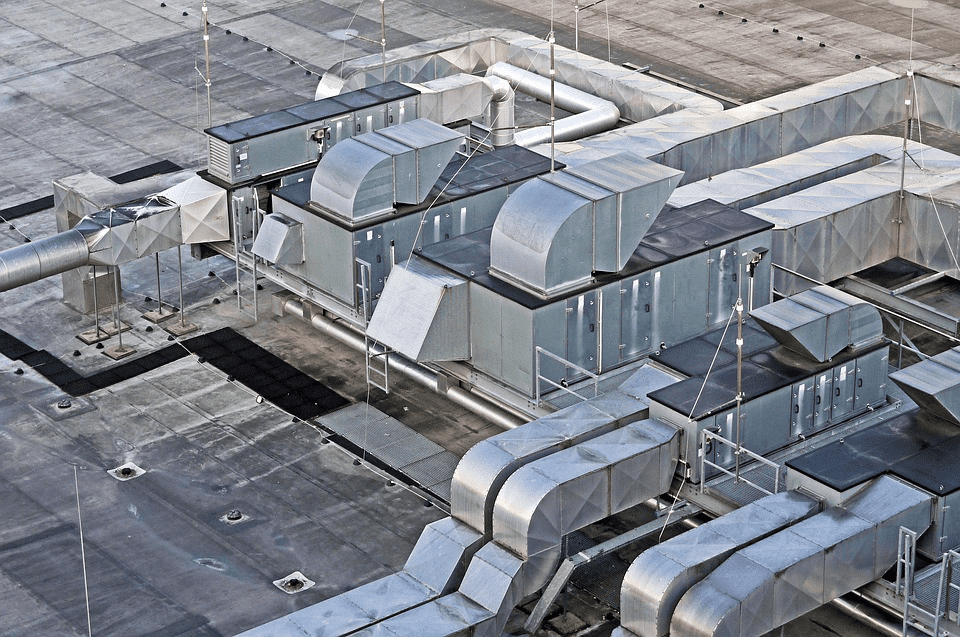A Primer on Texas Building Code
If you’re constructing a new building, there are many regulations to consider to ensure its sound construction and the safety of everyone inside.
Floor, wall and ceiling mounted to meet your unique project design.
Photo: PixabayThe California mechanical code is one of the key Building Standards recognized by the California Building Standards Commission 2016. It is Part 4 of Title 24, derived from the Uniform Mechanical Code of 2015.
Title 24 is a set of building codes that have a significant effect on the application of lighting and controls in buildings in California. Published by the California Building Standards Commission, Title 24 relates to all buildings and structures in California.
The Uniform Mechanical CodeR (UM8C1l) stipulates all the requirements for the installation and management of heating, ventilating, and cooling systems. Moreover, these requirements also make provisions for new technological advancements.
The California Mechanical Code contains the codes and laws that control the construction of all buildings and structures in California to guarantee safety and efficiency continually through proper management of these installations.
2016 California Building Codes are in place to ensure the safety of structures constructed or modified in California.
The code sets standards with an aim to:
Below are the most significant standards that mechanical installations must meet under the California Mechanical Code:
Chapter 3 - General regulations—This segment takes into account the general regulations and safety demands for the installation of plumbing and non-plumbing necessities for toilets. These safety parameters protect the building's structural members from the stress and demands of pipe and sleeving. Further protection for the occupants include the need to keep the plumbing out of harm’s way and in a clean state.
Chapter 4 - Ventilation Air—This section governs the aeration of spaces within the buildings. All mechanical exhaust systems and any other connections specified in this section shall abide by Chapter 5.
Chapter 5 - Exhaust Systems—In this chapter, the highlights include the specifications for environmental air ducts. It’s outlined in two parts - the first part addresses environmental air ducts and product delivery systems. The second section outlines commercial hoods and kitchen aeration.
Read more about building construction techniques:
How to estimate construction costs for commercial buildings
10 steps to designing a building development plan
What is the process of constructing a new commercial building?Chapter 6 - Duct Systems—The requirements of this subdivision include ducts and plenums that are parts of a heating, cooling, absorption/evaporative cooling, or product-delivering channel.
Chapter 7 - Combustion Air—This chapter touches on the state of air supplied to appliances installed in buildings. The guidelines in this chapter outline the recommended volume of indoor air and the attributes of outdoor air.
Chapter 8 - Chimneys and Vents—The provision of this clause outlines the ventilation standards for fuel-burning appliances.
In California, all parties are accountable for any harm caused to their fellow citizens.
Violating any of California’s building codes leading to severe or fatal personal injury has legal consequences for those responsible for the unsafe structure.
If a party fails to exercise reasonable care—whether an architect or a homeowner—they become liable for any damages that such a violation may cause.
Homeowners may be held accountable under different clusters of negligence.
Additionally, architects negating their professional duties may be held accountable by law. What does this provision mean for a homeowner? It provides you with an avenue to sue the architect for malpractice. Furthermore, other parties with injuries resulting from defective design or inefficient construction supervision might be able to sue under standard negligence rules.

If you’re constructing a new building, there are many regulations to consider to ensure its sound construction and the safety of everyone inside.

Before starting any residential or commercial building project in Florida, it’s crucial that you’re aware of the Florida Building Code requirements...

When it comes to any new building or renovation project, it's vital to ensure your project meets all building code requirements. Understanding every...